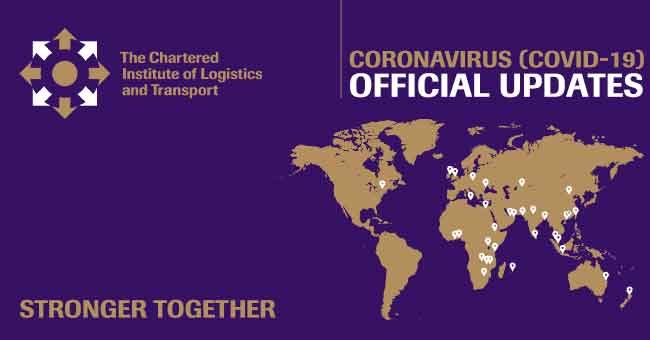There is a fear that as the global economy starts to shrink, companies downsize and supply chains contract it will be challenging for CILT branches around the world to retain membership levels. However, Andrew Young, Chairman of the US Chapter, CILT North America believes the opposite is true; this post-Covid period offers an opportunity to grow both Individual and Corporate Memberships. The reasons are disruption and change.
Even before the pandemic struck, the transport and logistics sectors were being disrupted by many internal and external forces. Internal forces such as new technologies (autonomous vehicles, ‘internet of things’, digitisation of processes and transactions), market demand (same day, direct to consumer) and new players in the market (Amazon, Uber). External forces such as trade wars and tariffs, re-shoring of production, piracy, environmentalism and protectionism.
Post pandemic, we are starting to see an acceleration in these trends plus the introduction of new ones resulting from the crisis. These new forces include a heightened focus on supply chain resilience, reducing dependencies and introducing more visibility and flexibility.
So why is such disruption and change a positive sign for CILT membership growth? Simply speaking, any professional involved in our industry will be hungry for information, ideas, intelligence and best practice to help them best deal with these fast changing demands and the new operating landscape. Individuals can be encouraged to join CILT where membership uniquely enables access to all of this valuable information, and with the benefit of being able to network and share ideas with peers faced by the same challenges. Members will also profit from engaging in CILT’s events and presentations by recognised experts who address the industry’s specific issues and current focus areas.
This environment is also ideal to grow CILT corporate membership as disruption brings a new breed of companies into the transport and logistics industry. In particular, a growing number of technology disruptors offering ‘Internet of Things’ sensors and solutions, data analytics or other services which digitise the operations of transport and logistics to improve service, cost and revenue. These companies are desperate to reach professionals in our industry, in order to learn from us to refine their offerings and, of course, to market their products and services. CILT corporate membership delivers on both these objectives, and importantly offers a large and global membership covering multiple industry sectors.
As Chairman of a national chapter I have started to see growing corporate interest from new, and some older, providers of technology and services ranging from routing software to supply chain analytics to compliance monitoring. I am confident CILT can harness the potential interest from such companies to grow our corporate membership. Such partners can also bring CILT event sponsorship and even enhance CILT’s educational partnerships, such as companies providing mentoring or license-free software for students at accredited university courses. Simultaneously, this new breed of corporate members will bring valuable information and awareness to CILT individual members of new technology and other services becoming available in the market to help them deal with today’s challenges.
In conclusion, I do not want to underplay the challenges facing our industry and members, and I recognise that the next few years will be a difficult operating environment for everyone, including the Institute. However, I am confident there are opportunities presented by the crisis to grow CILT membership and I hope this short article will provide inspiration and ideas for Chapters and Branches to find growth during this stormy time.
Andrew Young is Chairman of the US Chapter, CILT North America. Andrew is based in Dallas, Texas and has been a member of CILT since 1989 in the UK and North America. You can contact Andrew at UsChapter@CILTNA.com. We are sharing Andrew’s submission from America as part of our global best practice resource to help you think about and determine appropriate responses locally.

